The Singapore government is taking every measure to help the beautiful Pulau Semakau garbage island survive beyond 2035.
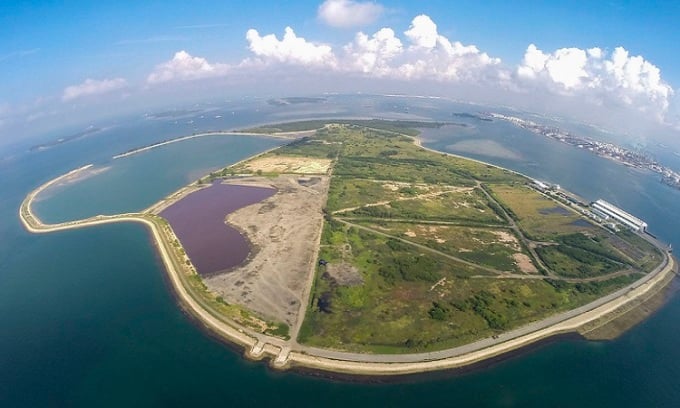
Singapore's Pulau Semakau garbage island. Photo: NEA
Visitors to Singapore's only landfill island may be surprised to find, instead of stench and swarms of flies, azure waters, lush vegetation and abundant wildlife. Pulau Semakau, the land-scarce island's eco-friendly landfill, is home to the incinerator ash of nearly 6 million people. With just over a decade before the landfill is expected to fill up, the Singapore government is racing against time to extend the life of the idyllic island, nicknamed "Dumping Paradise," AFP reported on July 28.
“This is the only landfill in Singapore, and given its small size and competing demands for land, it is difficult to find another site,” said Desmond Lee, landfill manager at the National Environment Agency (NEA), which manages the island. “Our imperative now is to continue using the landfill for as long as possible, and extend it beyond 2035 if possible.”
Singapore produced 7.4 million tonnes of waste last year, of which 4.2 million tonnes (57%) were recycled. Plastic waste remains a persistent problem in the island nation's waste management efforts, with only 6% of its waste being recycled last year. Food waste, with a recycling rate of 18%, is also a major problem. Environmental group Greenpeace has criticized Singapore for producing a volume of waste the size of the country.
In 2019, the Singapore government launched a “zero waste” campaign to increase recycling rates to 70% and cut waste dumped in Semakau by 30% before the end of the decade. About the size of New York City, Singapore has carefully managed its rapid growth in recent decades to avoid the problems faced by other Asian megacities such as overpopulation and waste.
The Singapore government built the offshore landfill after a landfill on the mainland ran out of space in the early 1990s. Engineers connected Semakau Island, where residents had previously been resettled on the mainland, to the neighboring Pulau Sakeng. They built a 7-kilometer-long ring dike that encircled part of the sea between the two islands, creating an open area for dumping. The landfill began operations in 1999.
With a steadily growing population, Singapore authorities have been forced to implement space-saving solutions. Incinerators are used to burn non-recyclable waste, then transport the ash to Semakau in covered barges. But the burning has been criticised by environmental groups for causing pollution.
“The process causes pollution at every stage, from waste transportation to emissions and residue management,” said Abigail Aguilar, a campaigner for Greenpeace Southeast Asia. “Despite being aesthetically pleasing, landfills contain waste that is at risk of leakage.”
According to the NEA, their incineration plants are equipped with treatment systems that clean the gas before it is released into the atmosphere. The landfill is covered with a waterproof membrane and clay to keep any contaminated materials inside the area. In addition, the water is regularly tested for leaks. The landfill can be used for a variety of other projects, including building solar power plants and converting landfill ash into road building material.
Once the barges reach Semakau, bulldozers load the ash into giant yellow trucks for the journey to a landfill that is divided into several sections. As each pit is gradually filled in over the years, the area becomes covered with soil, allowing natural vegetation to flourish. Authorities have also planted mangroves to keep the island green and attract wildlife.
An Khang (According to AFP )
Source link


![[Photo] General Secretary To Lam attends the conference to review 10 years of implementing Directive No. 05 of the Politburo and evaluate the results of implementing Regulation No. 09 of the Central Public Security Party Committee.](https://vphoto.vietnam.vn/thumb/1200x675/vietnam/resource/IMAGE/2025/5/19/2f44458c655a4403acd7929dbbfa5039)
![[Photo] Close-up of Tang Long Bridge, Thu Duc City after repairing rutting](https://vphoto.vietnam.vn/thumb/1200x675/vietnam/resource/IMAGE/2025/5/19/086736d9d11f43198f5bd8d78df9bd41)
![[Photo] Panorama of the Opening Ceremony of the 43rd Nhan Dan Newspaper National Table Tennis Championship](https://vphoto.vietnam.vn/thumb/1200x675/vietnam/resource/IMAGE/2025/5/19/5e22950340b941309280448198bcf1d9)
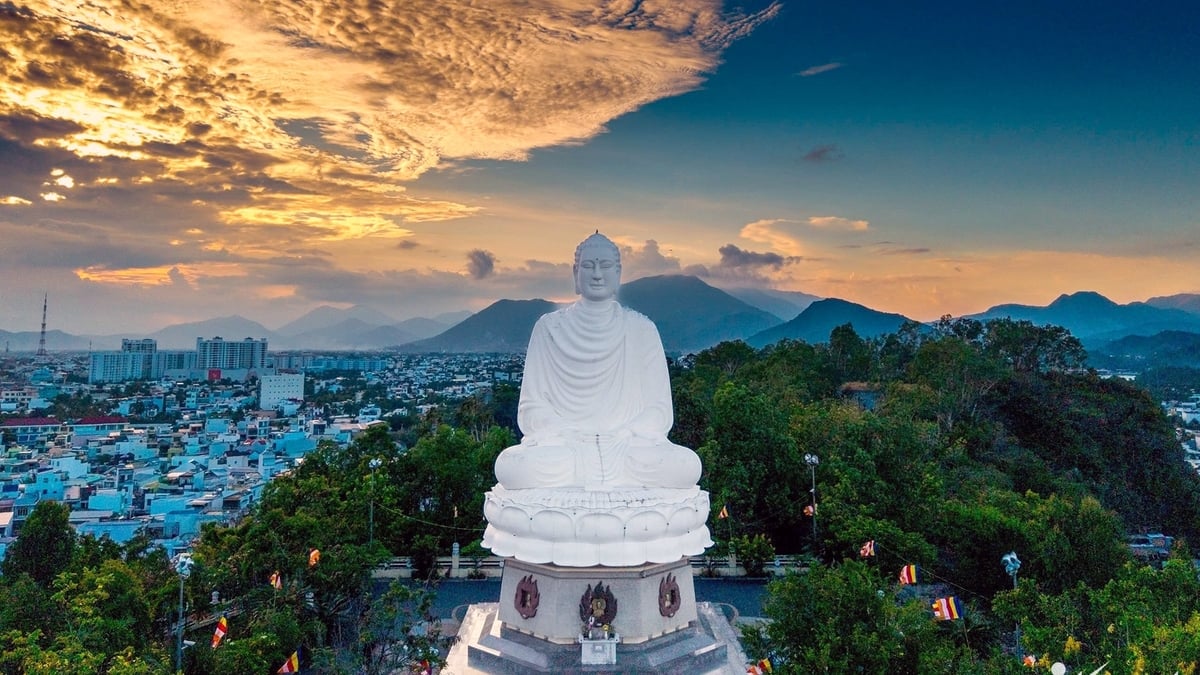
![[Photo] President Luong Cuong presents the 40-year Party membership badge to Chief of the Office of the President Le Khanh Hai](https://vphoto.vietnam.vn/thumb/1200x675/vietnam/resource/IMAGE/2025/5/19/a22bc55dd7bf4a2ab7e3958d32282c15)







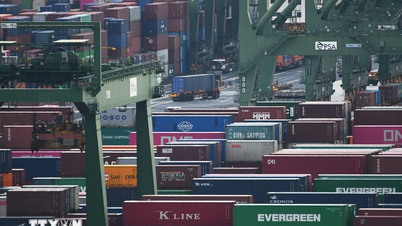
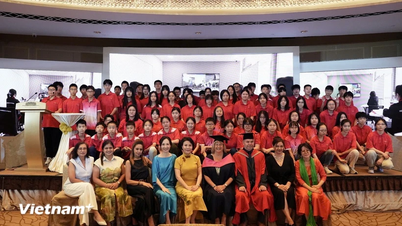








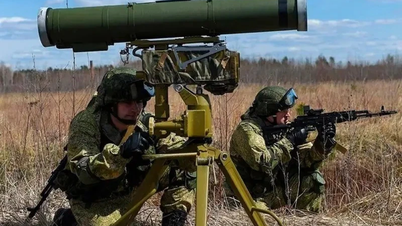
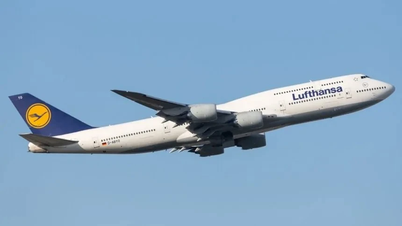
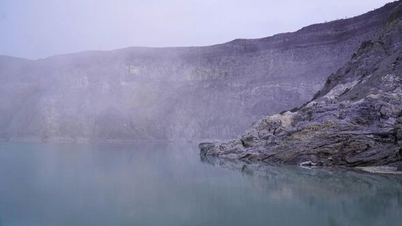




































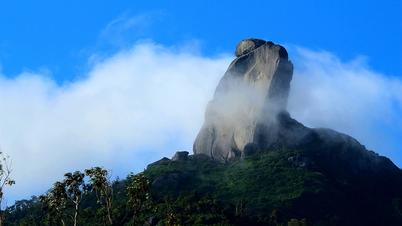

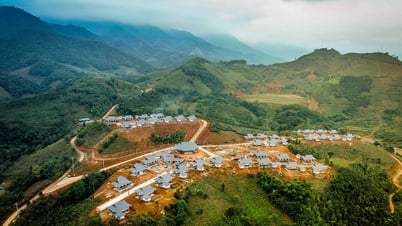















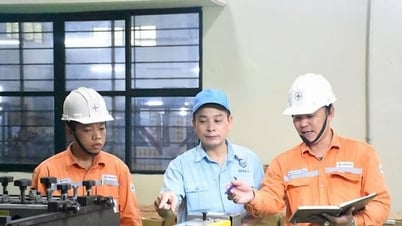
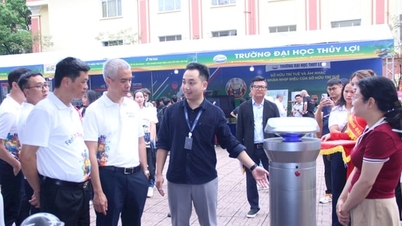
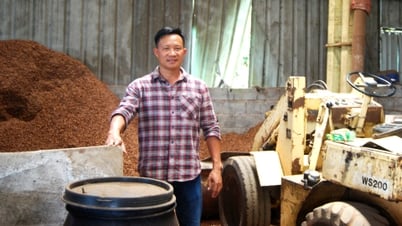

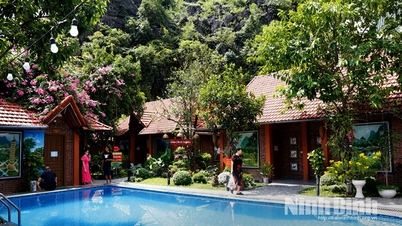

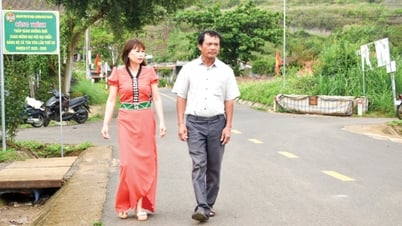






![[VIDEO] - Enhancing the value of Quang Nam OCOP products through trade connections](https://vphoto.vietnam.vn/thumb/402x226/vietnam/resource/IMAGE/2025/5/17/5be5b5fff1f14914986fad159097a677)


Comment (0)